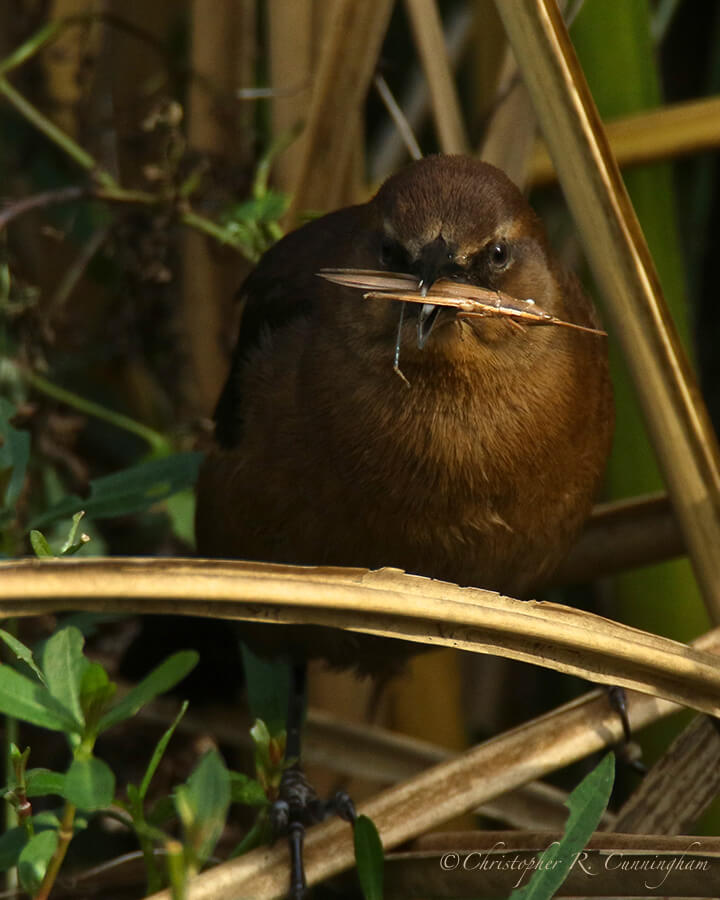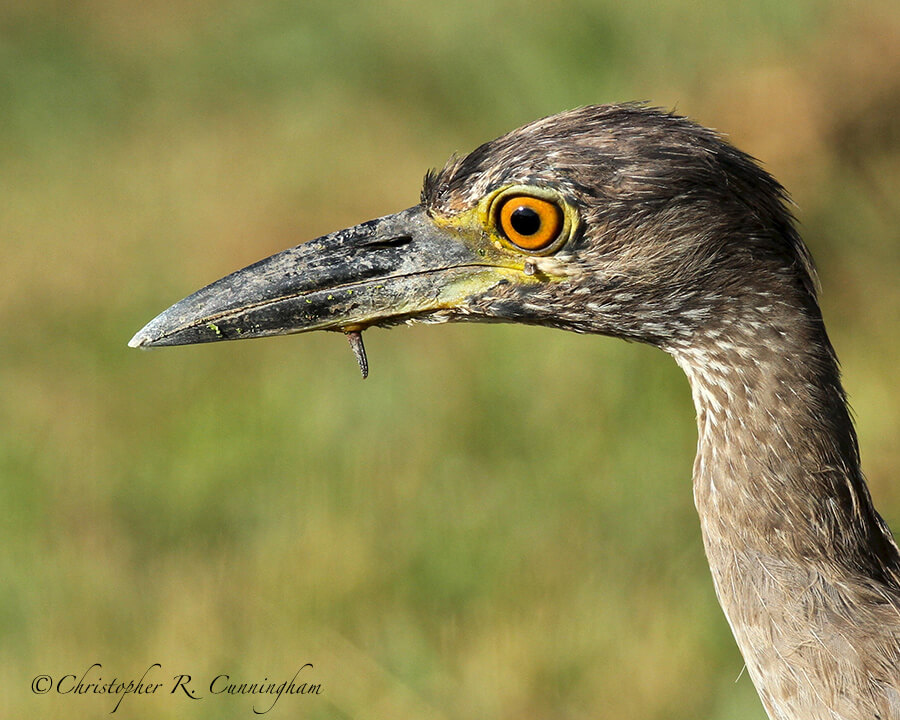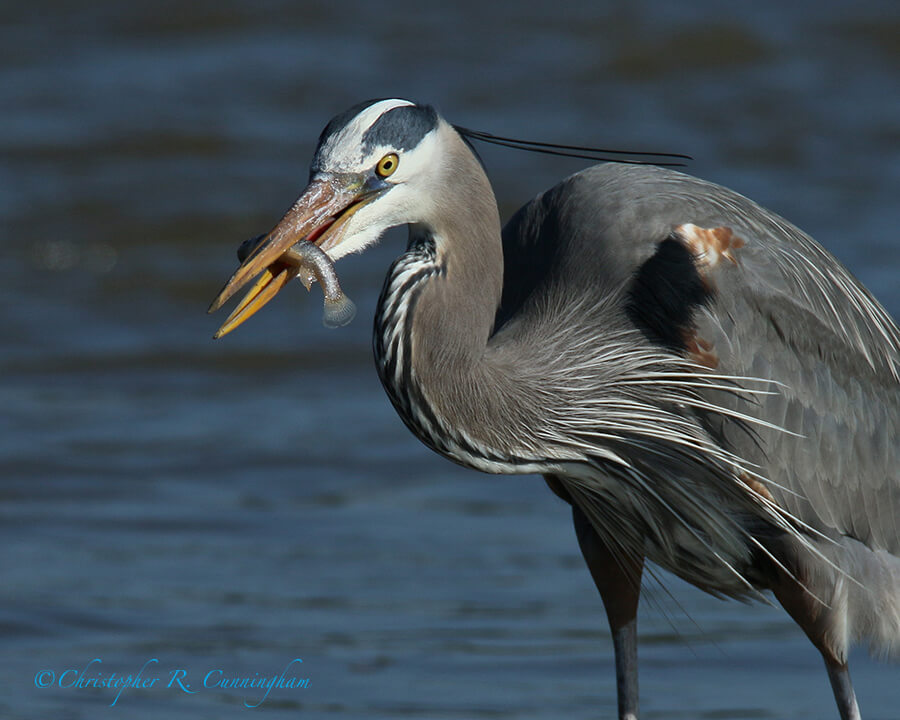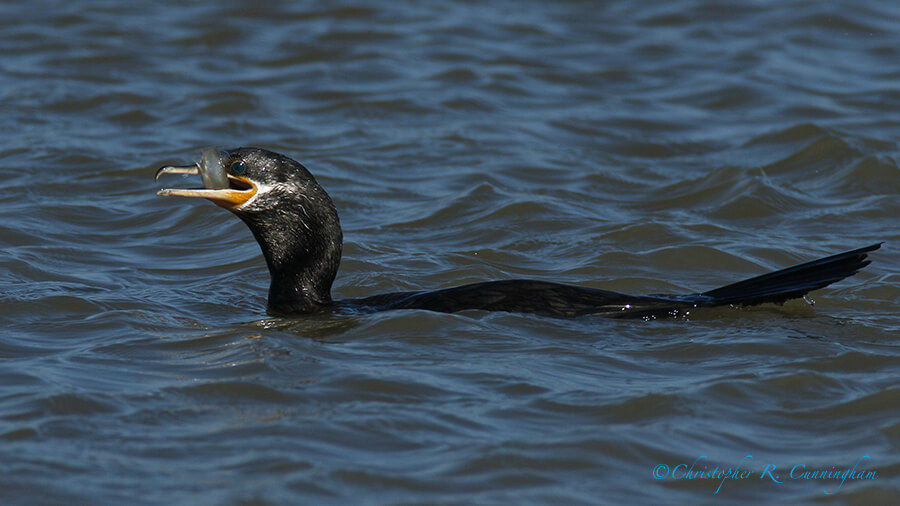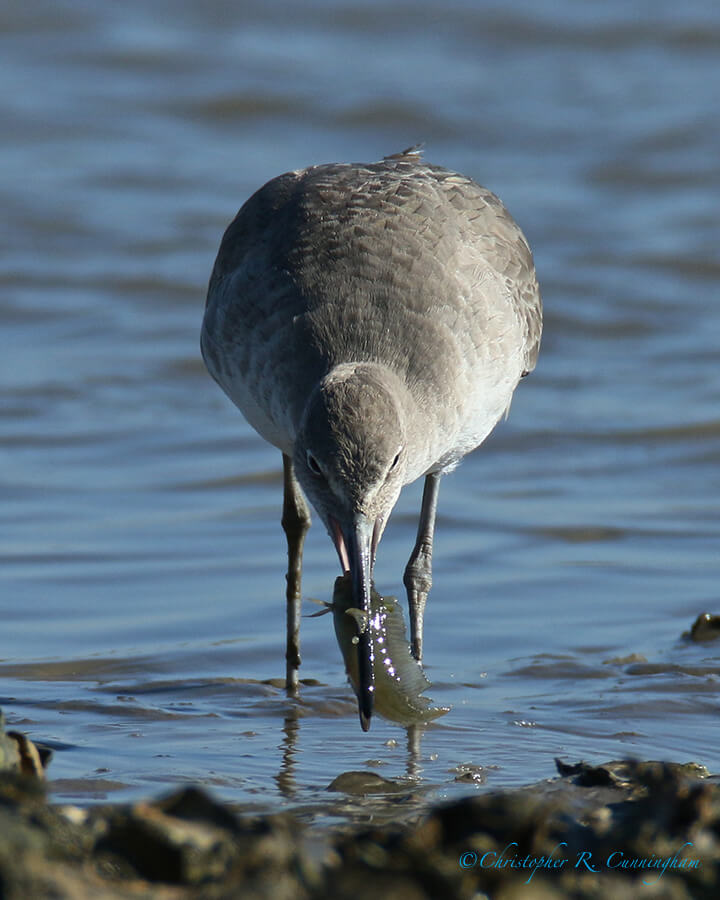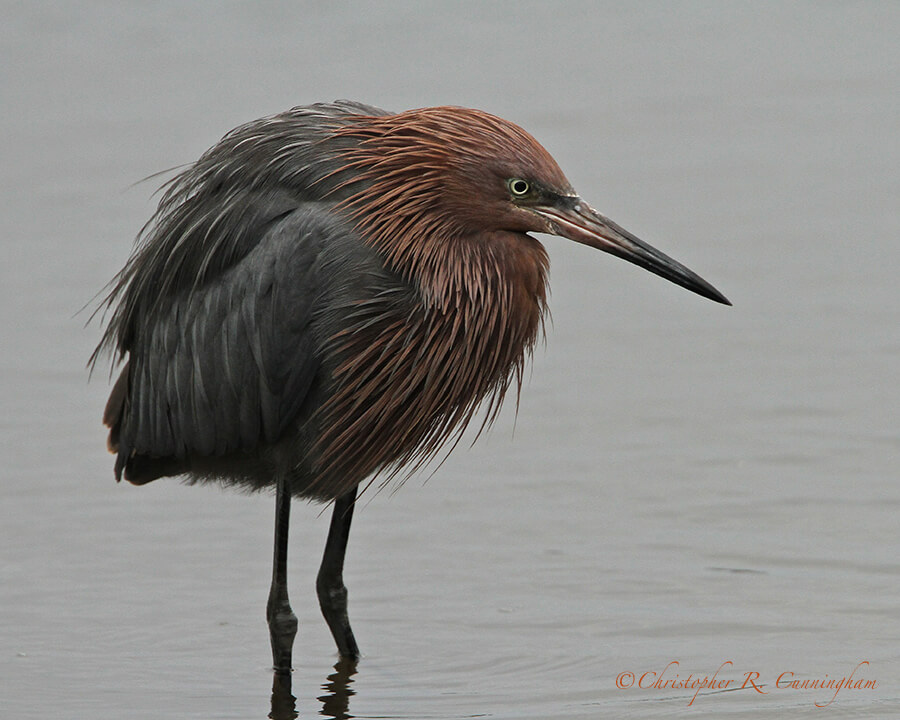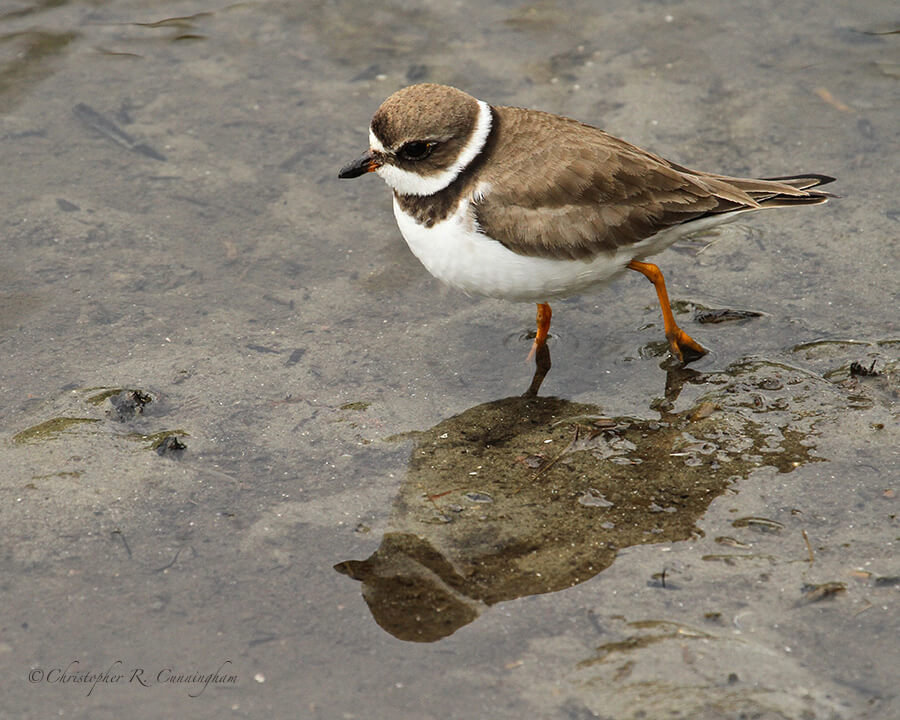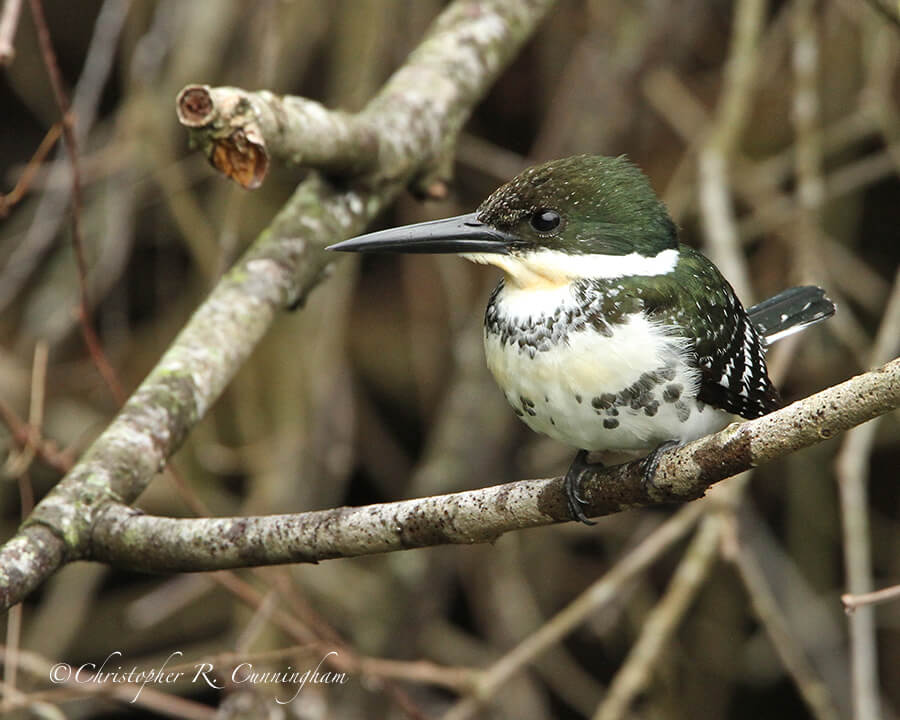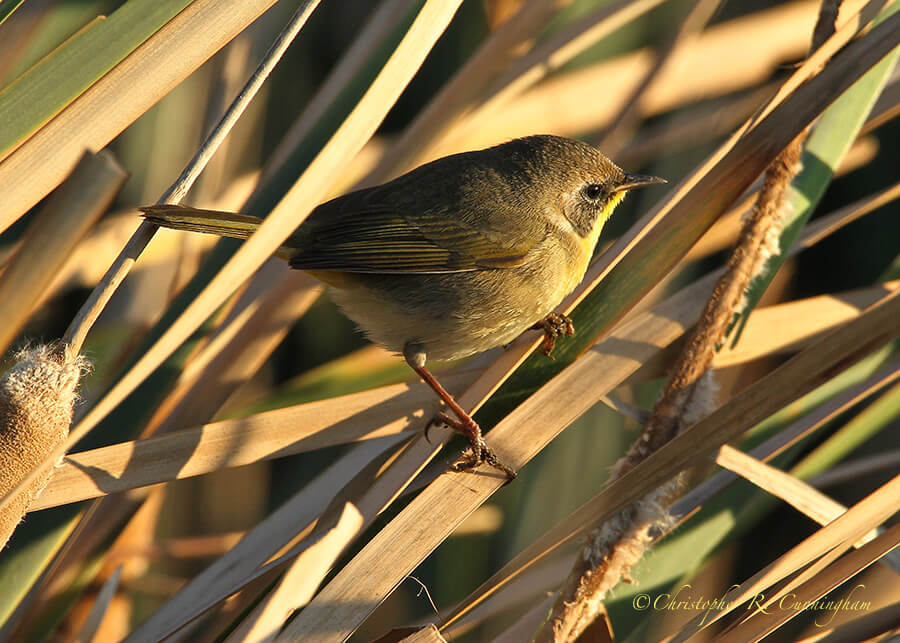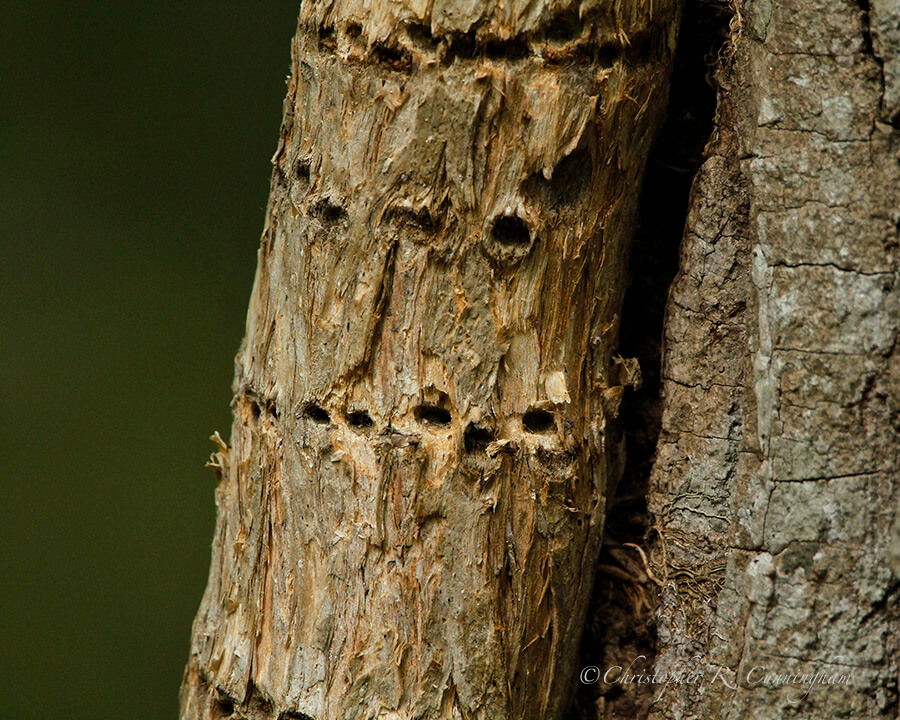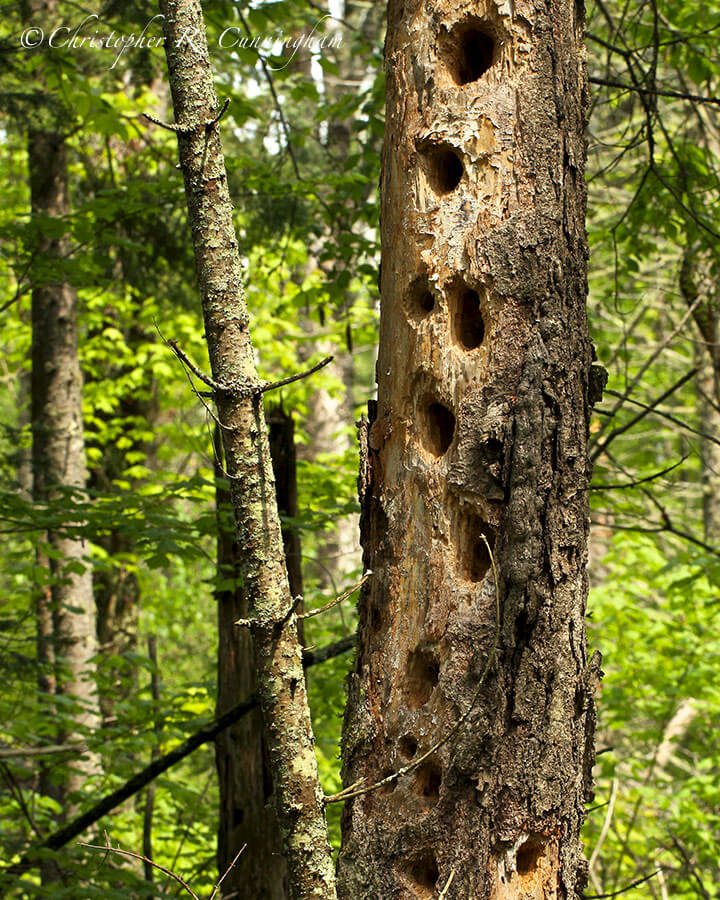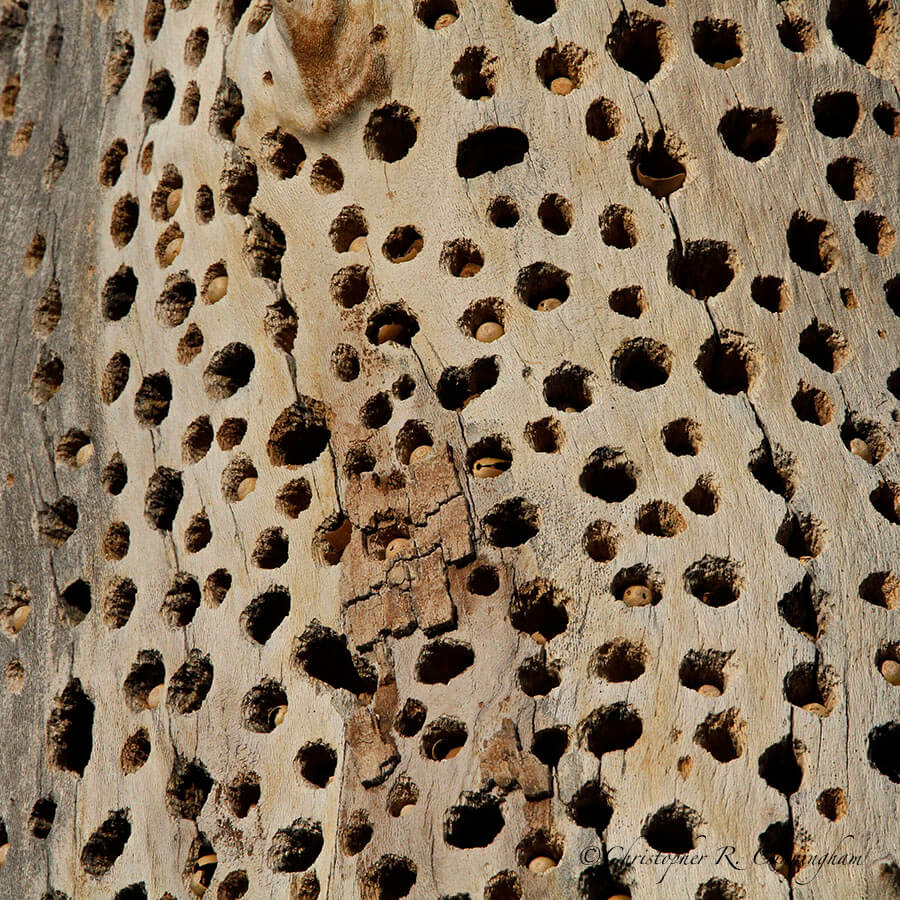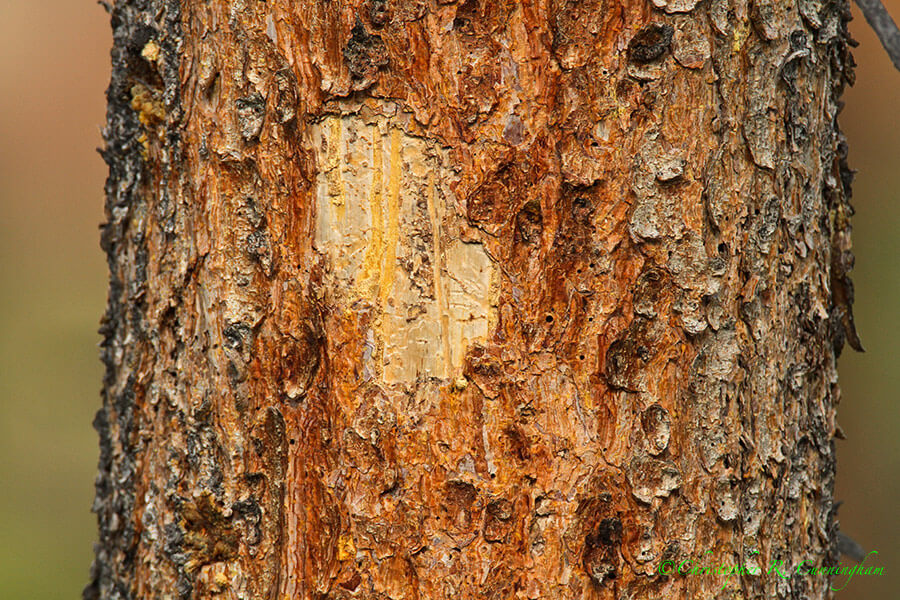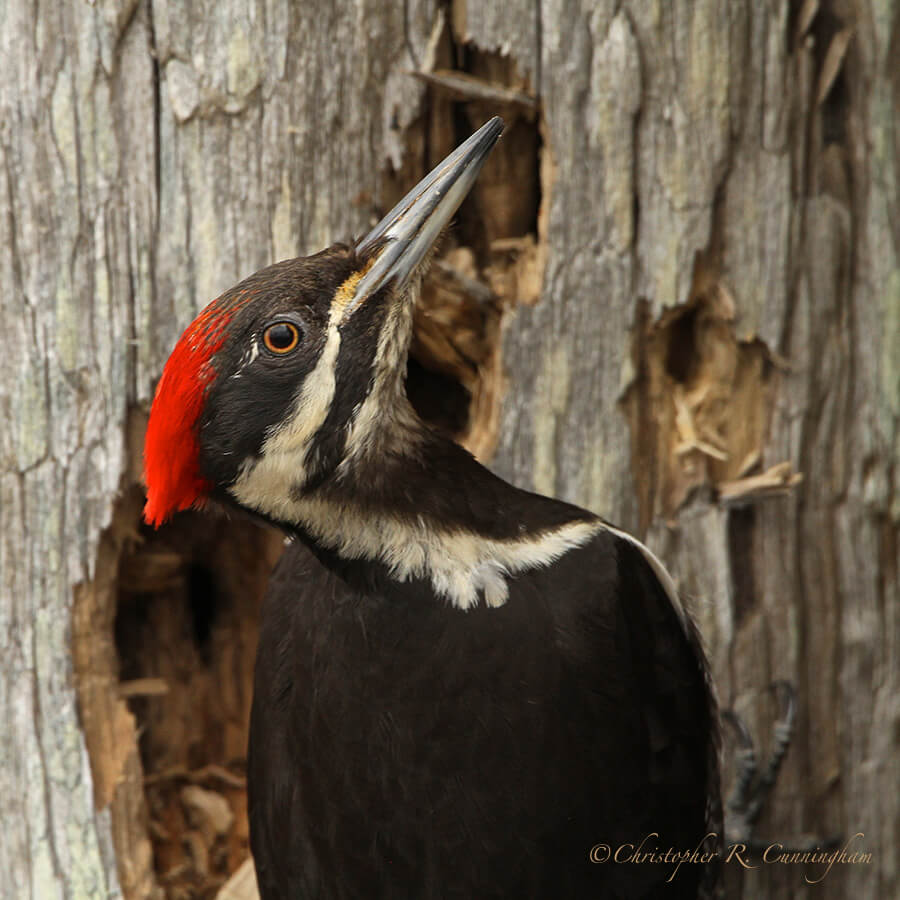Contrived durability is a strategy of shortening the product lifetime before it is released onto the market, by designing it to deteriorate quickly. The design of all consumer products includes an expected average lifetime permeating all stages of development. Thus, it must be decided early in the design of a complex product how long it is designed to last so that each component can be made to those specifications.–Planned Obsolescence, Wikipedia
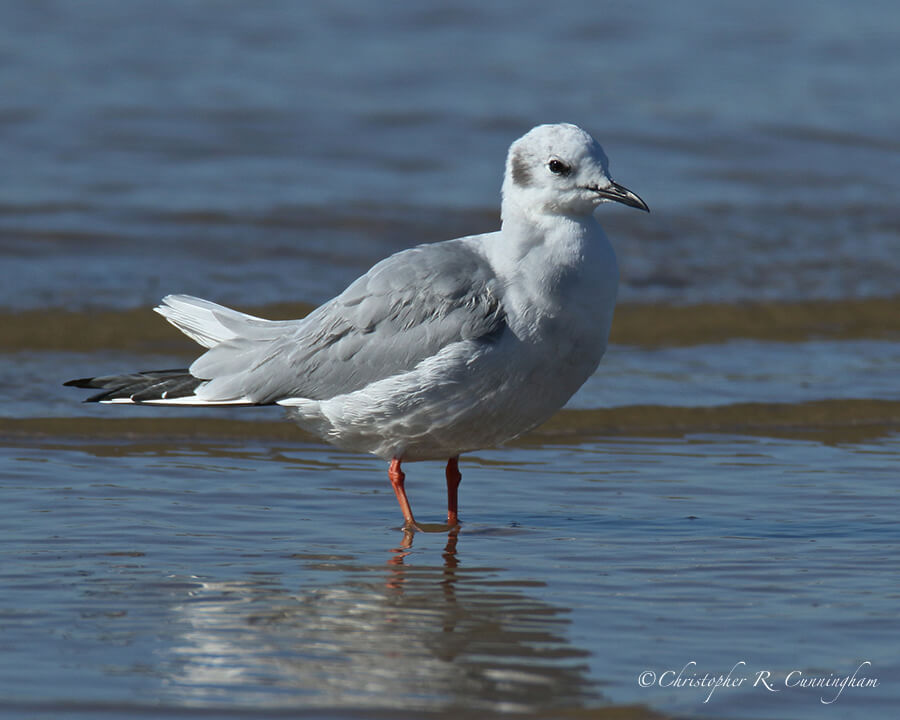
Last week our big, beautiful iMac computer passed away. In the middle of the night, funny orange dashes appeared across the screen. When I rebooted, blue stripes appeared and then faded to bright white. A few quick looks around the internet led to a few attempts to revive, but in my heart I knew . . . it was over. This was our bird photography computer . . . .
A day or two later I took the lifeless hulk to the Apple Store Genius Bar so a technician could have a look. Sure enough, the video card had croaked. But then the technician kept talking (but not smiling) . . . He said that because the machine is over five years old (it was built in late 2009 by Chinese paupers and bought by us in early 2010), it is considered a vintage machine and Apple Stores will no longer service it. He said that even if he wanted to, he couldn’t work on such a machine because after five years the Apple stores ship all the replacement parts back to corporate.
Five years. Five years! After five years, a multi-thousand-dollar machine will not be serviced by its manufacturer. Sure, I could find a third party operation that might be able to fix it with “old” spare parts, but that’s a big “if.” Wow. Luckily we had ordered a replacement the night before. It will take ten days to arrive.
So, if you are planning to buy an Apple computer to service your bird photography addiction, then start saving for its replacement now. They cost about $3k and last about five years. Period.
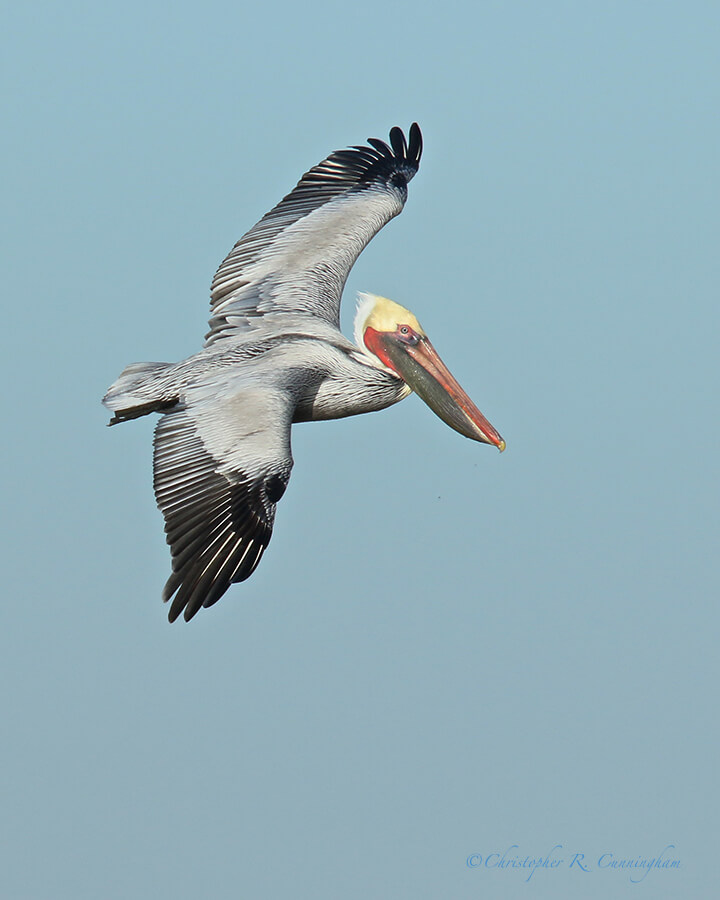
©2016 Christopher R. Cunningham. All rights reserved. No text or images may be duplicated or distributed without permission.
